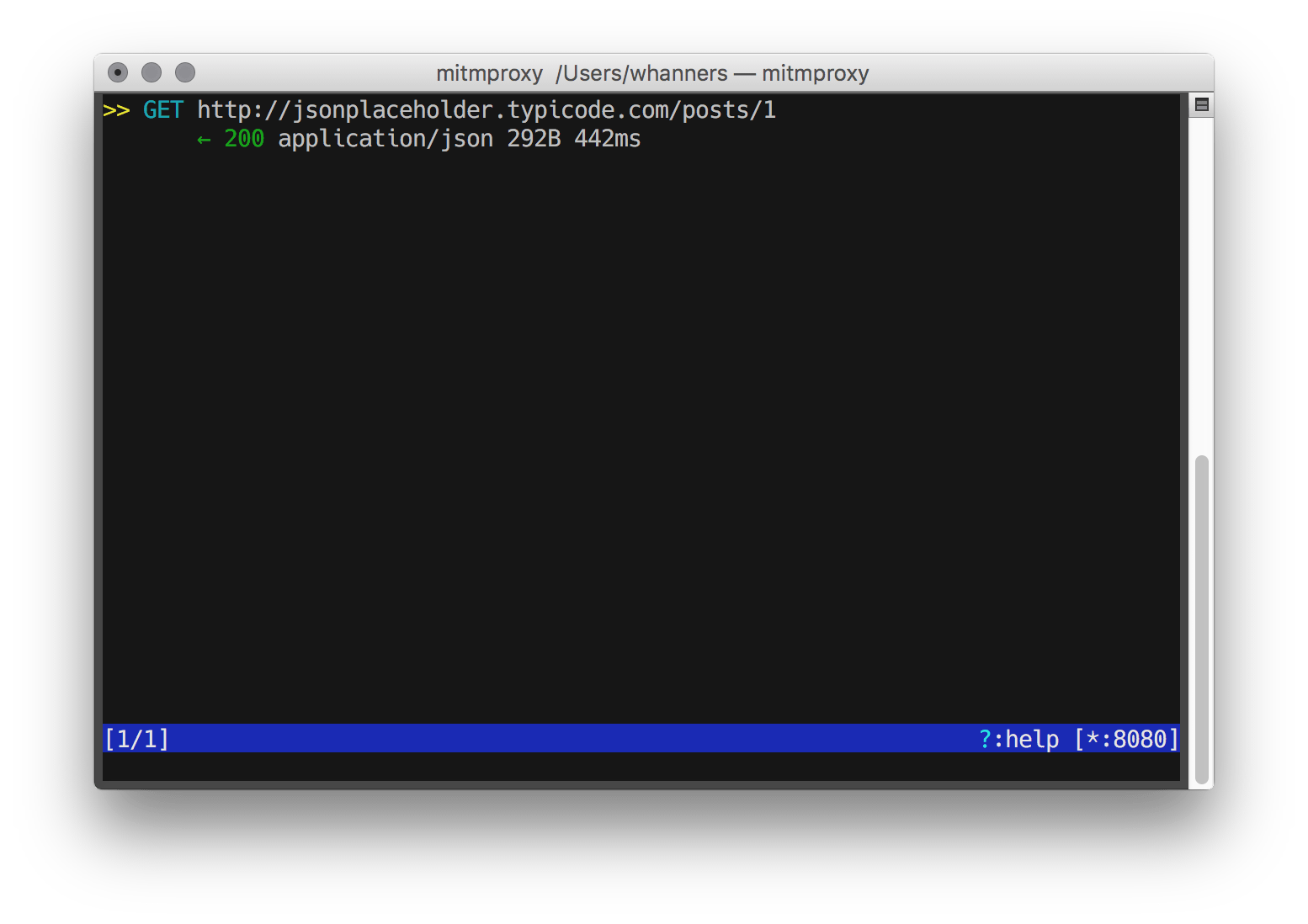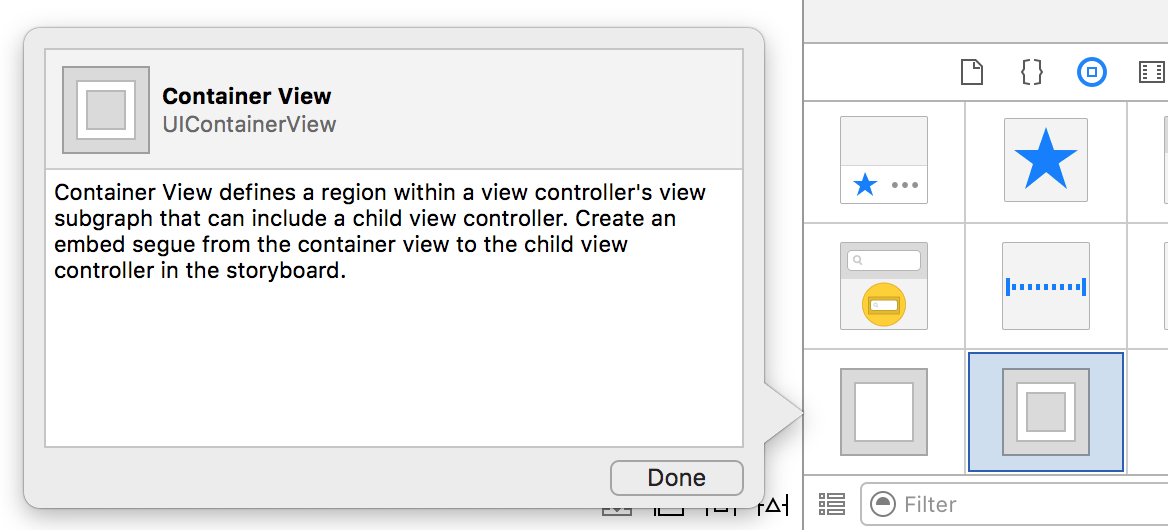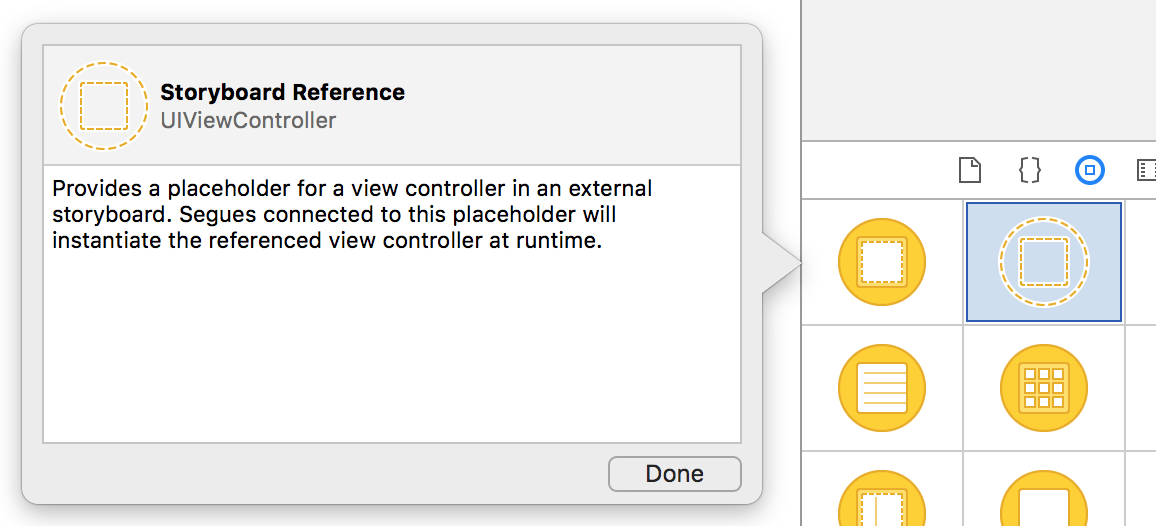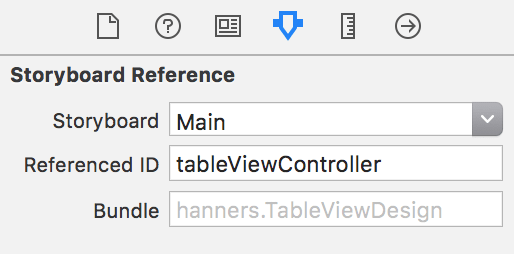// Self-Explained Swift #1
// AutoLayout... Programmatically
import UIKit // Can't do a layout post without UIKit
import PlaygroundSupport // So we can have this class run in a playground
// I will demonstrate a clear concise way to add elements, separate
// layout concerns, and configure your UI... All without Storyboards.
class OurAwesomeViewController: UIViewController {
// For each of our UI Elements, we are going to make a lazy
// var property, and an in-line initializer.
// Because these are lazy, the variables will call their in-line initializer
// once they are ready to be added to the view hierarchy. Ideally, I would
// like these to be lazy let so that you wont accidentally change them
// once they are on-screen, but as of Swift 3 it is not supported.
// We could just do let, but with a let, it won't let you wire up selectors
// to self because self is not ready at initialization.
lazy var titleLabel: UILabel = {
// Initialize our new label with the default initializer
let label = UILabel()
// Always disable this, otherwise you will get layout errors
// in the debug log. I am not even sure why this defaults to
// "true" anymore as you will never need it.
label.translatesAutoresizingMaskIntoConstraints = false
// We can set fonts
label.font = UIFont(name: "Menlo", size: 14)
// Set some text color (note, we are not going for design awards here)
label.textColor = .white
// And of course, we can set the text
label.text = "Awesome"
// Center our text
label.textAlignment = .center
return label
}()
// Buttons are fun
lazy var button: UIButton = {
// Initialize
let button = UIButton()
// Disable this stupid "feature"
button.translatesAutoresizingMaskIntoConstraints = false
// Set a button title
button.setTitle("Press Me", for: .normal)
// Let's also wire up a button action
button.addTarget(self,
action: #selector(OurAwesomeViewController.buttonTest),
for: .touchUpInside)
return button
}()
// This is where you want to build your layout code. This is called by UIKit
// when your view is being prepared to be put on the screen.
override func loadView() {
// Make sure you call super if you plan to use the default view
// provided by UIKit, if you don't need it, make sure you set
// self.view to be something
super.loadView()
// Customize the view
view.backgroundColor = .blue
// StackViews will make your life much easier. The will automatically
// manage the layout of their owned views and expose some properties
// to tweak that layout without manually managing potentially dozens
// of constraints. StackViews can also be nested and given margins, this
// can allow for quite a bit of flexibiliy AND ease. IMHO, this is much
// better than manually building all of your constraints.
let verticalLayout = UIStackView(arrangedSubviews: [titleLabel, button])
// again, we never need this
verticalLayout.translatesAutoresizingMaskIntoConstraints = false
// Make it vertical, and tweak the distribution and alignment
// feel free to play with these to get a feel for how this works.
verticalLayout.axis = .vertical
verticalLayout.alignment = .fill
verticalLayout.distribution = .fill
// If you want to have some margins on your StackView, you can enable it like this.
verticalLayout.isLayoutMarginsRelativeArrangement = true
verticalLayout.layoutMargins = UIEdgeInsets(top: 20, left: 20, bottom: 20, right: 20)
// Lets create some constraints to keep our StackView layout in check.
// This is essentially boilerplate code and you might want to create
// a micro library to wrap up these common tasks. I will show mine in
// another post later.
let topConstraint = NSLayoutConstraint(item: verticalLayout,
attribute: .top,
relatedBy: .equal,
toItem: view,
attribute: .top,
multiplier: 1,
constant: 0)
let bottomConstraint = NSLayoutConstraint(item: verticalLayout,
attribute: .bottom,
relatedBy: .equal,
toItem: view,
attribute: .bottom,
multiplier: 1,
constant: 0)
let leftConstraint = NSLayoutConstraint(item: verticalLayout,
attribute: .left,
relatedBy: .equal,
toItem: view,
attribute: .left,
multiplier: 1,
constant: 0)
let rightConstraint = NSLayoutConstraint(item: verticalLayout,
attribute: .right,
relatedBy: .equal,
toItem: view,
attribute: .right,
multiplier: 1,
constant: 0)
// Now add our view...
view.addSubview(verticalLayout)
// And our constraints.
view.addConstraints([topConstraint, bottomConstraint, leftConstraint, rightConstraint])
}
// Here is our test function to be called when our button is tapped.
func buttonTest(sender: UIButton) {
// Nothing fancy here, we will just change the background color.
view.backgroundColor = .red
}
}
// Fire up our awesome view controller in a playground.
PlaygroundPage.current.liveView = OurAwesomeViewController()
PlaygroundPage.current.needsIndefiniteExecution = true
// Layout in-code might look a bit daunting, but it allows you to become more familiar with
// the UI elements, their placement, and their properties. It improves change tracking in git
// and personally, I find this much easier to reason as opposed to the black magic of
// Interface Builder.
// BONUS CONTENT!!!
// You might want to know how to use this in an actual Xcode Project, rather than Playgrounds.
// First, in your project file, you might have a "Main Interface" configured, this is normally
// your first storyboard to load. Just open your project file and clear it out.
// Next
// This should be similar to your default AppDelegate. However, the only lines you need to
// change are in the applicationDidFinishLaunchingWithOptions function.
class AppDelegate: UIResponder, UIApplicationDelegate {
var window: UIWindow?
func application(_ application: UIApplication,
willFinishLaunchingWithOptions launchOptions: [UIApplicationLaunchOptionsKey : Any]? = nil) -> Bool {
// Let's create a new window. Every app needs one to start.
// We will set its frame to be the same size of the screen.
window = UIWindow(frame: UIScreen.main.bounds)
// Set the window's rootViewController to be the
// ViewController you want to start with.
window?.rootViewController = OurAwesomeViewController()
// This will push it on to the screen.
window?.makeKeyAndVisible()
// Unless you have some major failure during this function, you should
// return true here to let your application know it's ready to go.
return true
}
}
// And that's it for my first post, let me know via twitter (@WestonHanners) if you like this
// format and want to see more.
// Keep an eye out for my next post where we will write a few extensions to make the code
// above much easier to manage and read.






